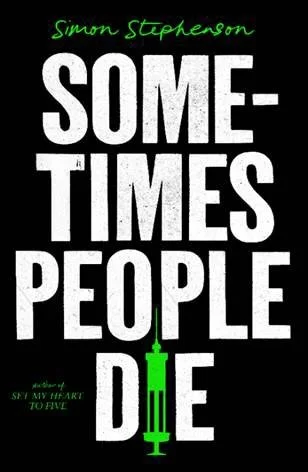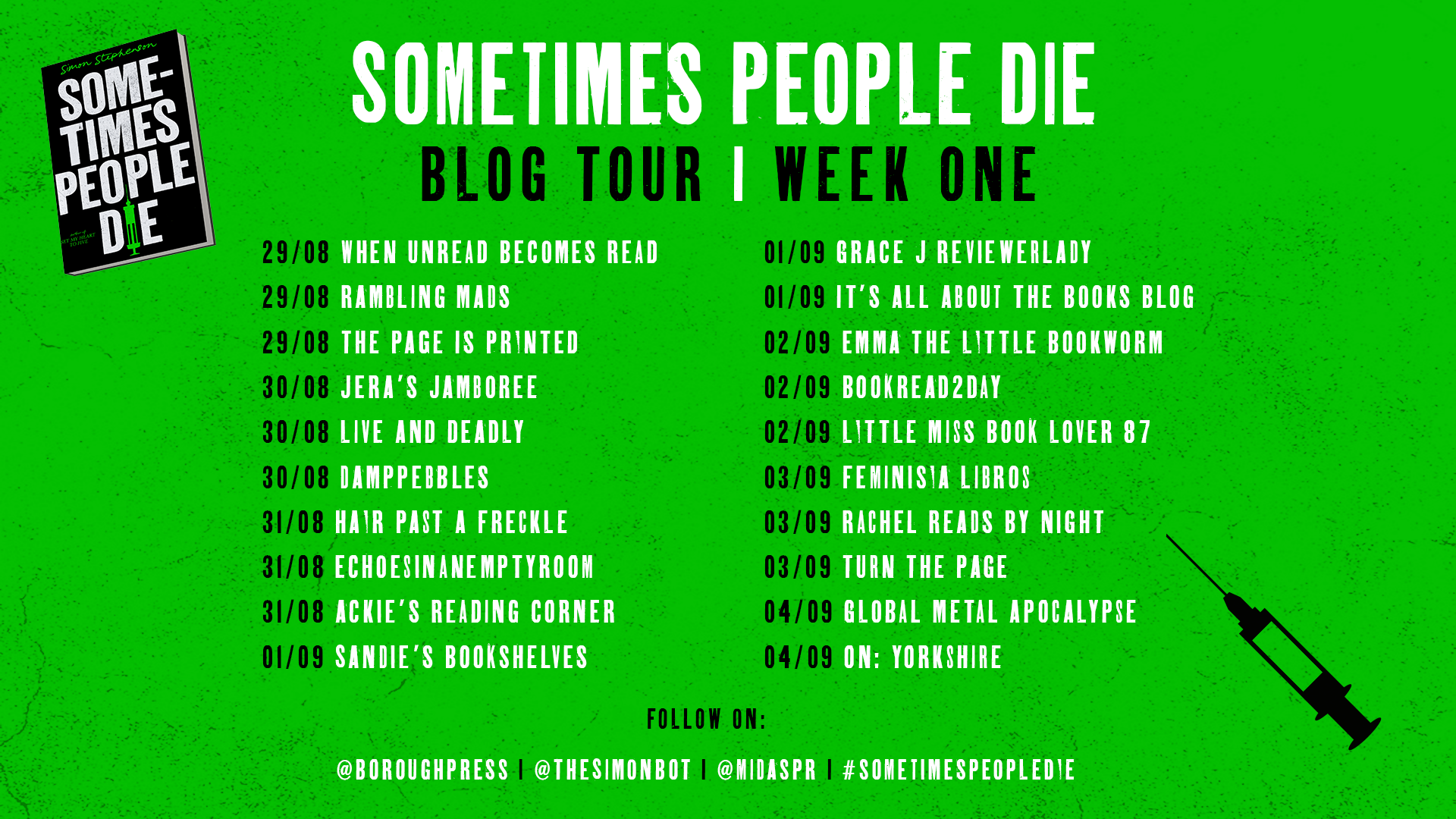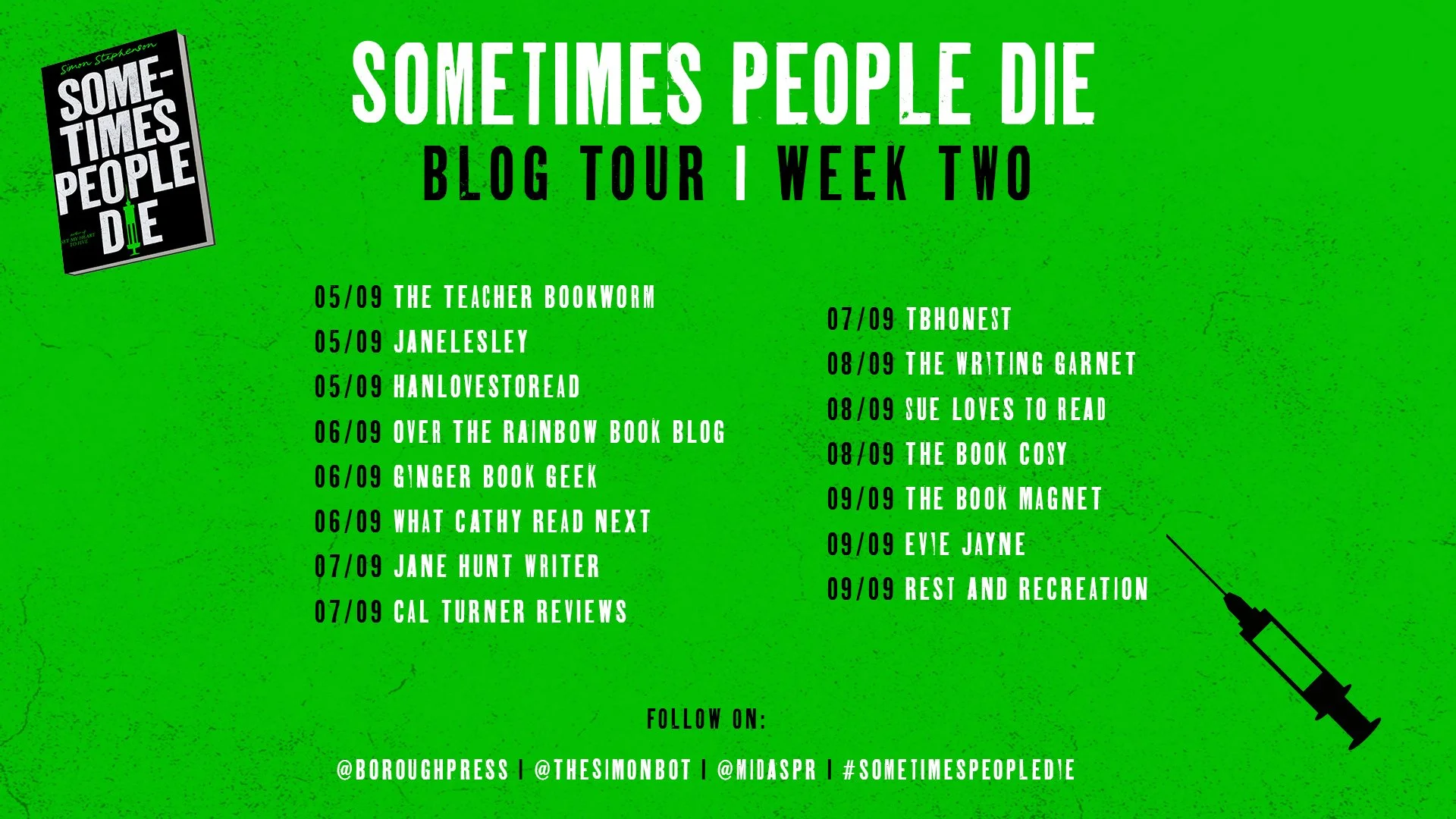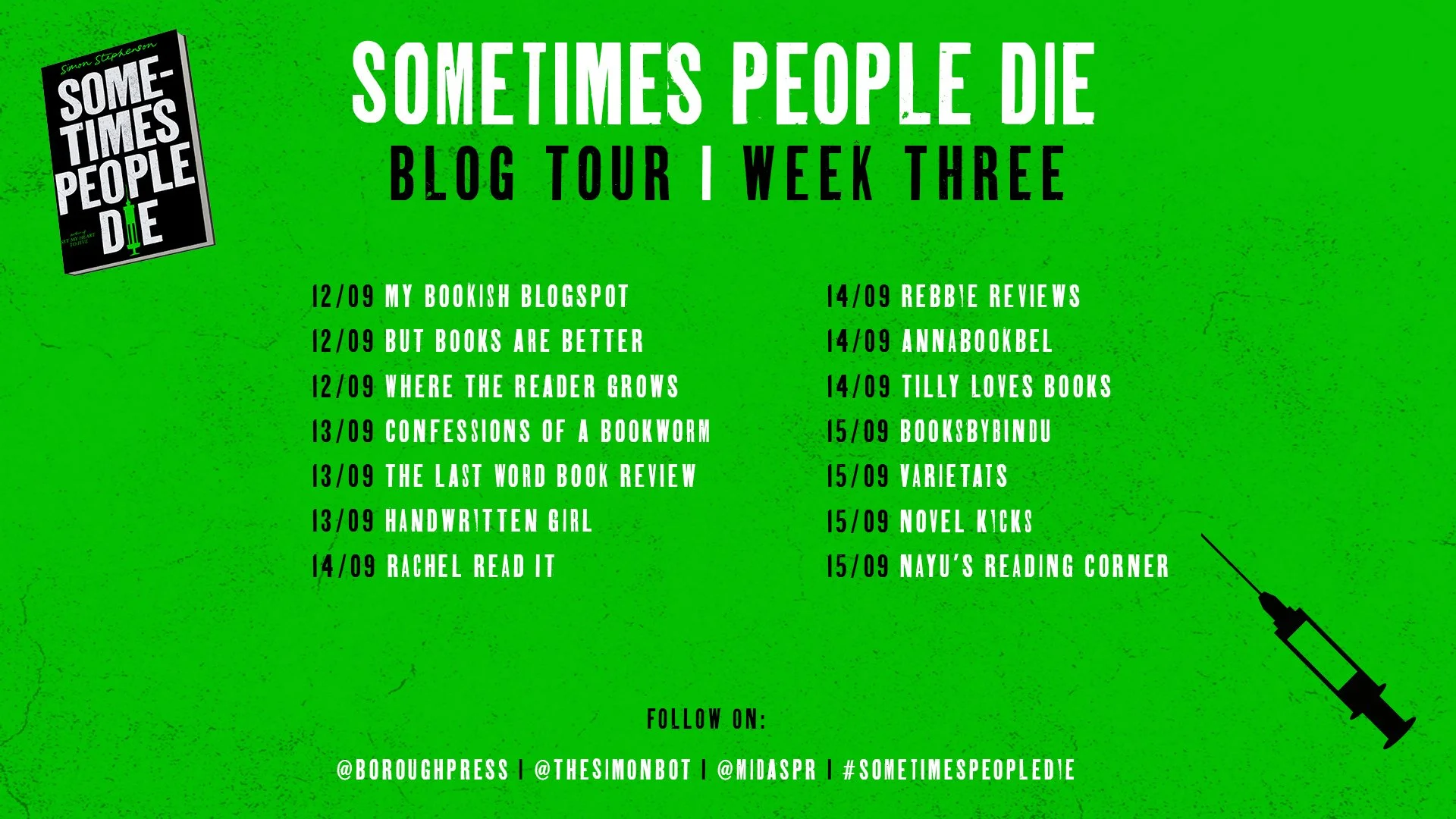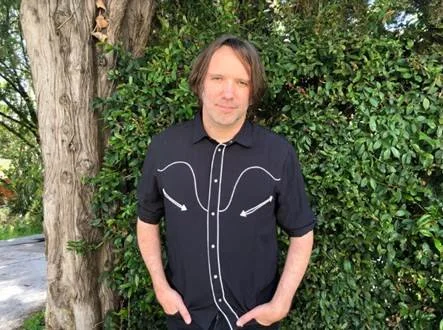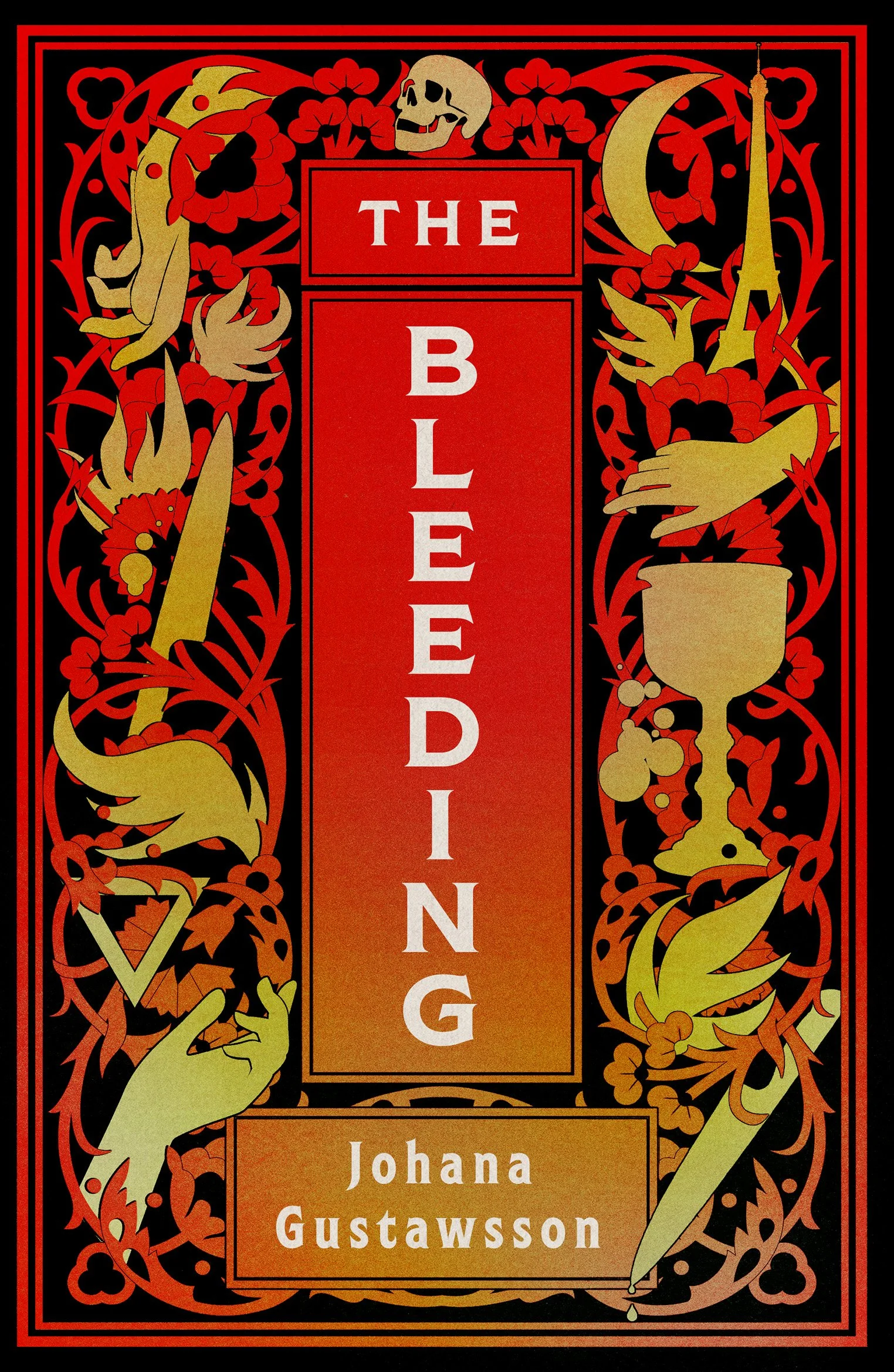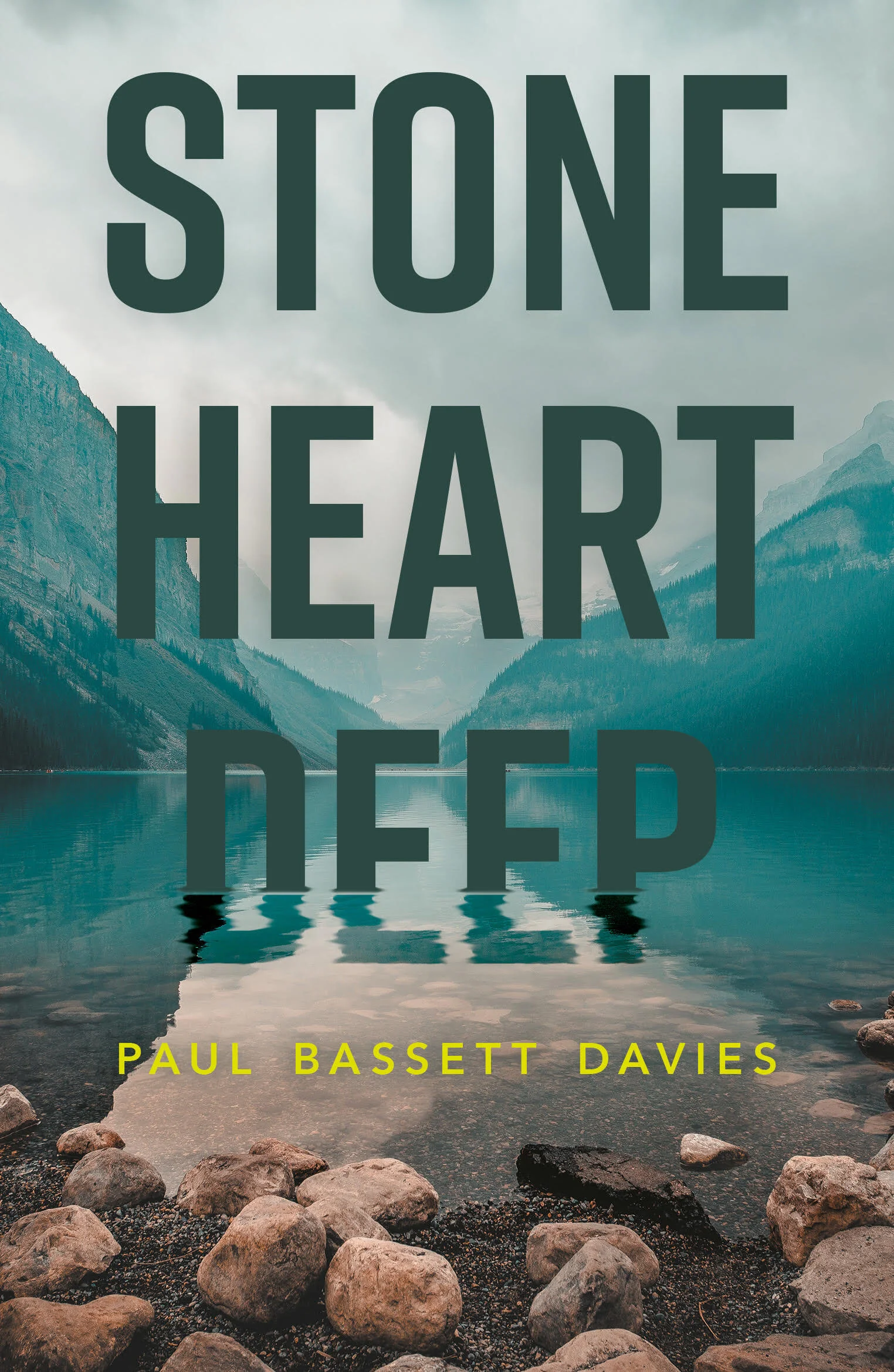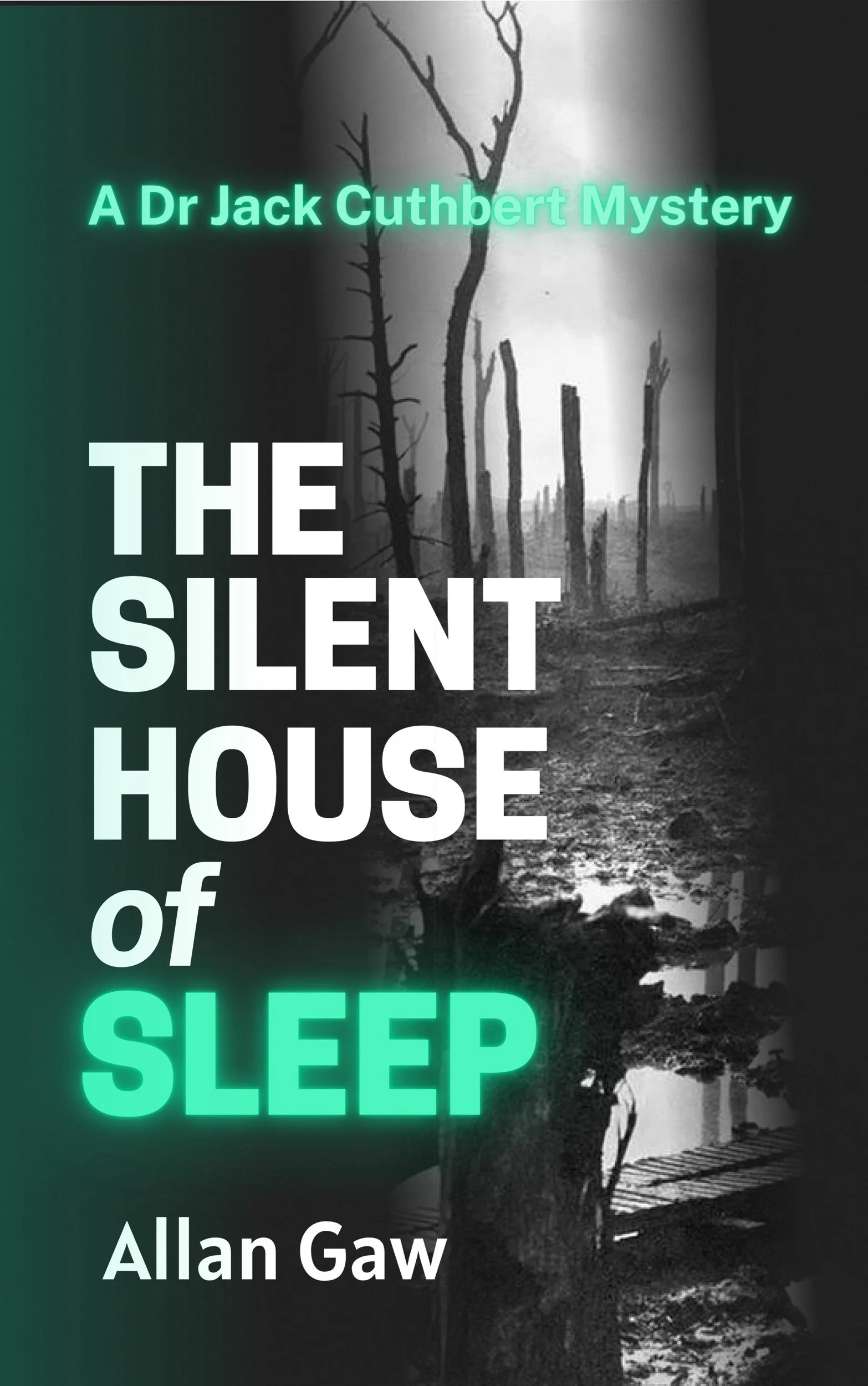Sometimes People Die by Simon Stephenson
The year is 1999. Returning to practice after a suspension for stealing opioids, a young Scottish doctor takes the only job he can find: a post as a senior house officer in the struggling east London hospital of St Luke’s.
Amid the maelstrom of sick patients, over-worked staff and underfunded wards a darker secret soon declares itself: too many patients are dying.
Which of the medical professionals our protagonist has encountered is behind the murders?
About the author
Stephenson originally trained as a doctor and worked in Scotland and London. He previously wrote Let Not the Waves of the Sea, a memoir about the loss of his brother in the Indian ocean tsunami. It won Best First Book at the Scottish Book Awards, was a Book of the Week on BBC Radio 4, and a Daily Telegraph Book of the Year.
His first novel, Set My Heart to Five was a Bookseller Book of the Month and was described by the Daily Mail as ‘Funny, original and thought-provoking.’ It has been optioned by Working Title Films to be directed by Edgar Wright from Stephenson’s screenplay.
He currently lives in Los Angeles, in a house where a famous murder took place. As a screenwriter, he originated and wrote the Benedict Cumberbatch starrerThe Electrical Life of Louis Wain and wrote the story for Pixar’s Luca. He also contributed to everybody’s favourite film, Paddington 2.
Review
‘Sometimes People Die’ was a fascinating look into when healthcare professionals turn killer! It was dark, a skillfully constructed plot which is packed full of historical examples set against the thriller set in 1999. Simon Stephenson trained as a doctor and gives this tale a whiff of authenticity that of an overworked NHS staff member and underfunded service.
After recovering from an opiod addiction that nearly derailed his career, we find a young Scottish doctor working in the east end of London at the busy St. Lukes' hospital. Amid the busy shifts of numerous patients, overworked staff and crowded wards a problem begins to emerge… too many people are dying.
Our narrator doesn't paint a pretty picture of the NHS but a realistic and authentic one. He is also very aware of his weaknesses and doesn't hide them from the reader. When he is questioned by the police over his role when a patient dies you begin to ask yourself if he is going to be an unreliable narrator but no he is just true to himself. His care and dedication to his patients shines through the pages and I really enjoyed this aspect of the book.
It does take awhile for the mystery the aspect of the to get going but when it does the pace ramps up! I may have guessed certain aspects but there are enough red herrings and twists to keep the reader guessing!
Let me know if you read this one!

